Sangiovese is sovereign in Tuscany — think Chianti, Brunello, and Vino Nobile — but it’s equally at home across a wide swath of Italy, and especially so in the bumpy northern reaches of the Apennines that stretch from the Po river valley south to Umbria and the Marche.
In Emilia-Romagna, the grape has long had a toehold. Legend suggests it earned its name here, anointed sanguis Jovis, “the blood of Jupiter,” by monks who tended the vine on a mountain named for that king of Roman gods.
Today, Sangiovese is still the heart of Emilia-Romagna’s red wine production. Romagna Sangiovese DOC includes superiore and riserva bottlings, while wines from ten sub-zones sport a DOCG label. Sangiovese’s most worthy white counterpart is Albana, an autochthonous grape used for both dry wine and sweet passito, sometimes with botrytis. Romagna Albana is always DOCG.
Historically Romagna’s wines have been somewhat rustic, and until the 1990s, producers commonly sold their yield to the local cooperatives. More recently, a new generation of winemakers has been bottling their wines, modernizing production, and laboring to create products worthy of export.
I visited Emilia-Romagna this spring as the hills were shrugging off winter’s mantle and pulling on a gauze of green. I stayed in Faenza to attend the annual vintage release tasting called Vini ad Arte, “Artful Wine,” held at the city’s international ceramics museum. I also traveled to vineyards to meet and taste with producers.
I found a lot to love. The best of the Romagna Sangiovese wines were juicy, spirited, and unencumbered by heavy oak. They offered a sluice of red refreshment for the regional cuisine focused on pork, mushrooms, cured meats, and hard cheeses. I found youthful Romagna Albana that was flowery and delicate, its core of tree fruits accented by a grip of green tea-like bitterness, and aged Albana redolent of honey and nuts. I also discovered a surprising degree of organic and biodynamic farming, along with a commitment to low intervention winemaking and minimal or no sulfite additions.
Perhaps most important, I found winemakers who are embracing the autochthonous grapes that are the region’s birthright — not just Sangiovese and Albana, but other ultra-local grapes, too, like Famoso, a white that transforms into a peachy and floral elixir; and Pagadebit, a bagatelle of a grape whose name means “Pay your debts” because of its reliable yields. The choice to continue to use native grapes suggests this is a region that cares about its history and traditions. It might be bent on modernization, but not at the expense of cultural heritage and regionality, the place-ness of this place.
Above are some photos from my visit, and below a few of my favorite discoveries.
Amber wine at Tre Monti
Winemaker Vittorio Navacchia is aging Albana with its skins in qvevri to make a wine he’s named Vitalba. A grape rich in polyphenols, Albana takes readily to being made like a red; Navacchia calls it “a red wine in a white dress.” Just don’t call it orange. “I don’t consider our Vitalba ‘orange wine,’” he told me, “I consider it Albana with long skin contact, fermented in Georgian anfora.” (The winemakers here use the terms qvevri and anfora interchangeably, although the vessels are historically different.) Navacchia began working with a single vessel in 2013 and now has four. He lets the grapes ferment with ambient yeasts and punches down until the cap drops, after which he avoids manipulations. The wine spends three months on skins before pressing off. It’s usually bottled with six to nine grams of residual sugar because the wild yeasts can’t get it fully dry. I tasted three vintages, from 2015 to 2017. They all felt fresh and alive, honeyed and nutty with flavors of green tea and a delightful astringent grip. Tre Monti’s U.S. importer is Verity Wine Partners.
Sparkling Sangiovese at Tenuta Santa Lucia
The biodynamic estate works with Sangiovese, Albana, and Famoso. Production includes sparkling wines, including a 100 percent Sangiovese metodo ancestrale, released un-disgorged in a crown cap, and a Sangiovese metodo classico that spends nearly three years on lees prior to disgorgement. The winemaker, Paride Benedetti, told me he loves working with this grape to make sparkling wines. “Sangiovese is, to me, the same as Pinot Noir,” he said. Another of the line’s standouts is an un-sulfured still red Sangiovese Benedetti calls S-Cètt. I adored all of his wines, but regrettably they aren’t currently available in the U.S.
Organic wines sensa solfiti from Maria Galassi
My notes from my discussion with Maria Galassi are sketchy. Her English is not strong, so I suggested we proceed in italiano, ma lentamente, per favore, but as she became more animated her Italian became rapid-fire. Her vineyard is organic, her winemaking hands-off, and she uses little or no sulfite in her wines. I particularly liked her Romagna Sangiovese Smembar Sensa Solfiti for its pop of clean red fruits, and her NatoRe Superiore Riserva, whose fruit is darker and shot through with minerals. Petite Monde Wine Merchant is her U.S. importer.
Dark and earthy Sangiovese at Bissoni
Raffaella Alessandra Bissoni’s wines have been certified organic since the 2016 vintage. The vineyard lies in the Bertinoro sub-zone, a region streaked with a mix of clay loam, limestone, and the porous spungone soil that mops up ground water. The wines are dark-fruited with pronounced tannic structure, and while they need a little air, they reward with a bewitching earthy blackness. Dionysus Imports is their U.S. importer.
Third-generation winegrowing at Pandolfa / Noelia Ricci
Winemaker Marco Cirese’s grandmother, Noelia Ricci, planted the vineyard in the family’s plot in the Predappio sub-zone in the 1970s; he told me his second label is named for her, a tribute to her vision for the estate. Cirese began converting to organic production in 2018. Pandolfa’s Romagna Sangiovese bottlings, including superiore and riserva styles, evince cherry fruit tinged with woodsy pine. All of the lineup is worthy. The U.S. importer is Artisanal Cellars.
More anfora wines from Tenuta la Viola
Winemaker Emilio Tamarri crafts exquisite organic wines from both Albana and Sangiovese, including two anfora-aged wines for a series called InTerra. The 2017 InTerra Rosso spent two months in Georgian anfora with 90 percent skins, plus another four months after pressing. It is shimmery and vital, with a scent of violets and crystalline red cherry fruit. The 2017 InTerra Bianco was redolent of baked pears, with a mouth-filling midsection and a saline finish. The U.S. importer is Matchvino.
Biodynamic transition at Villa Venti
The estate has been certified organic since 2003 and is now moving to biodynamic production. Winemaker Giardini Mauro uses no or very low (24 ppm) sulfite additions, and ages both still wines and a passito style of Famoso in anfora. Also admirable was his Romagna Sangiovese Longiano Riserva, a youthful wine despite the long aging, which beautifully balances fruits, flowers, and grip. Indie Wineries brings the wines into the U.S.
Terroir wines of Mutiliana
Winemaker Giorgio Melandri is a wine journalist from Emilia Romagna, hence deeply familiar with this territory. He sources Sangiovese from three different Apennine valleys near Modigliana, ferments fruit from the sites separately using only wild yeasts, then ages the lots in concrete vats to avoid oak influence. His 2016 Romagna Sangiovese Modigliana Ibbola, grown at the highest elevation, is a cooling breath of juniper, pine, and balsamic. Acerreta, from the lowest site, is fleshier, warm and friendly. Tramazzo, from the middle zone, is perhaps the most intellectual. Mutiliana’s U.S. importer is PortoVino.
I met Giorgio Melandri at a small dinner gathering on my last night in Faenza. It was a capstone experience. We ate prosciutto, vegetable torta, rabbit ragù, roasted potatoes, and silken braised cabbage. These were winter foods, comforting, sourced from a northern region. Along with them we drank his three beautiful, precise Romagna Sangiovese. Here were wines that were vini di territorio, wines of terroir; not merely local, but deeply artful, too.
All wines were samples. I’m grateful to the Consorzio Vini di Romagna for sponsoring my travel.

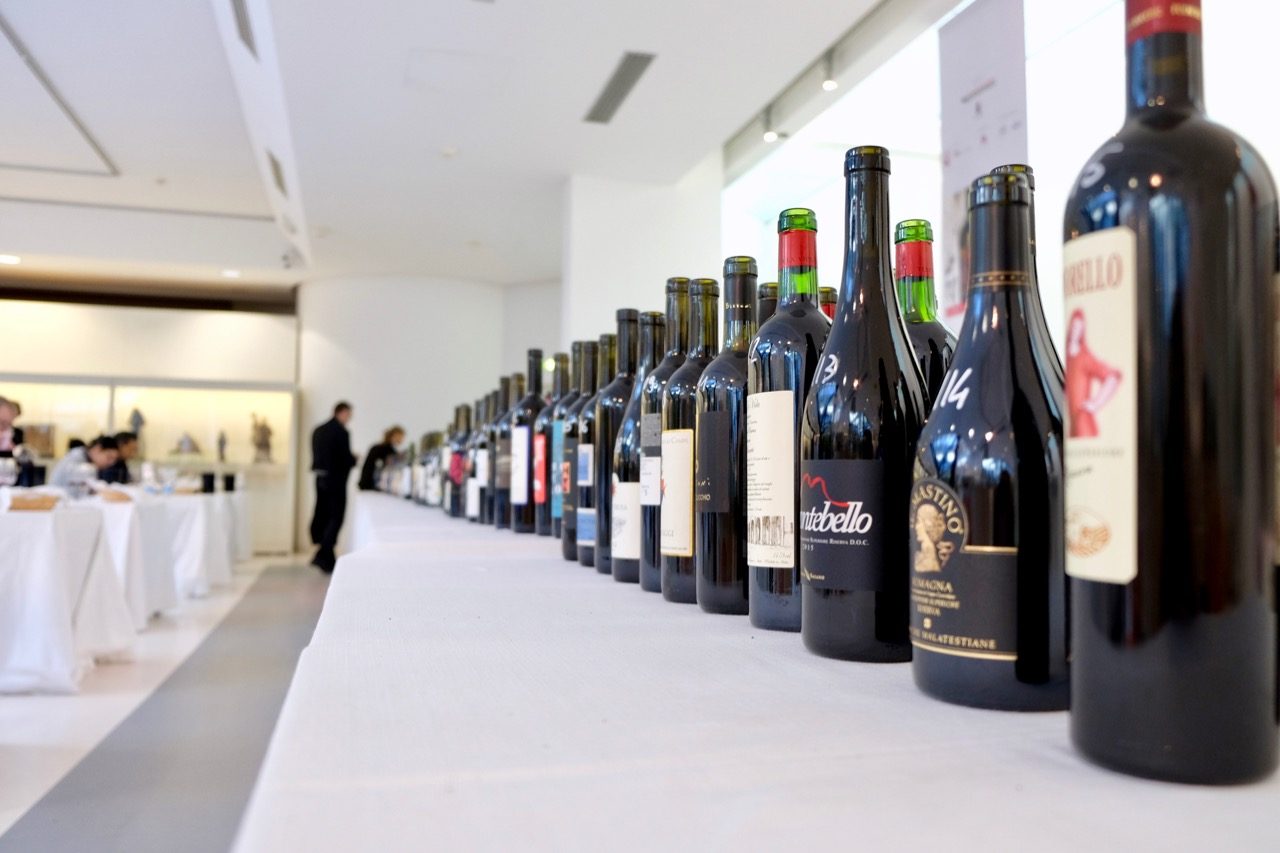

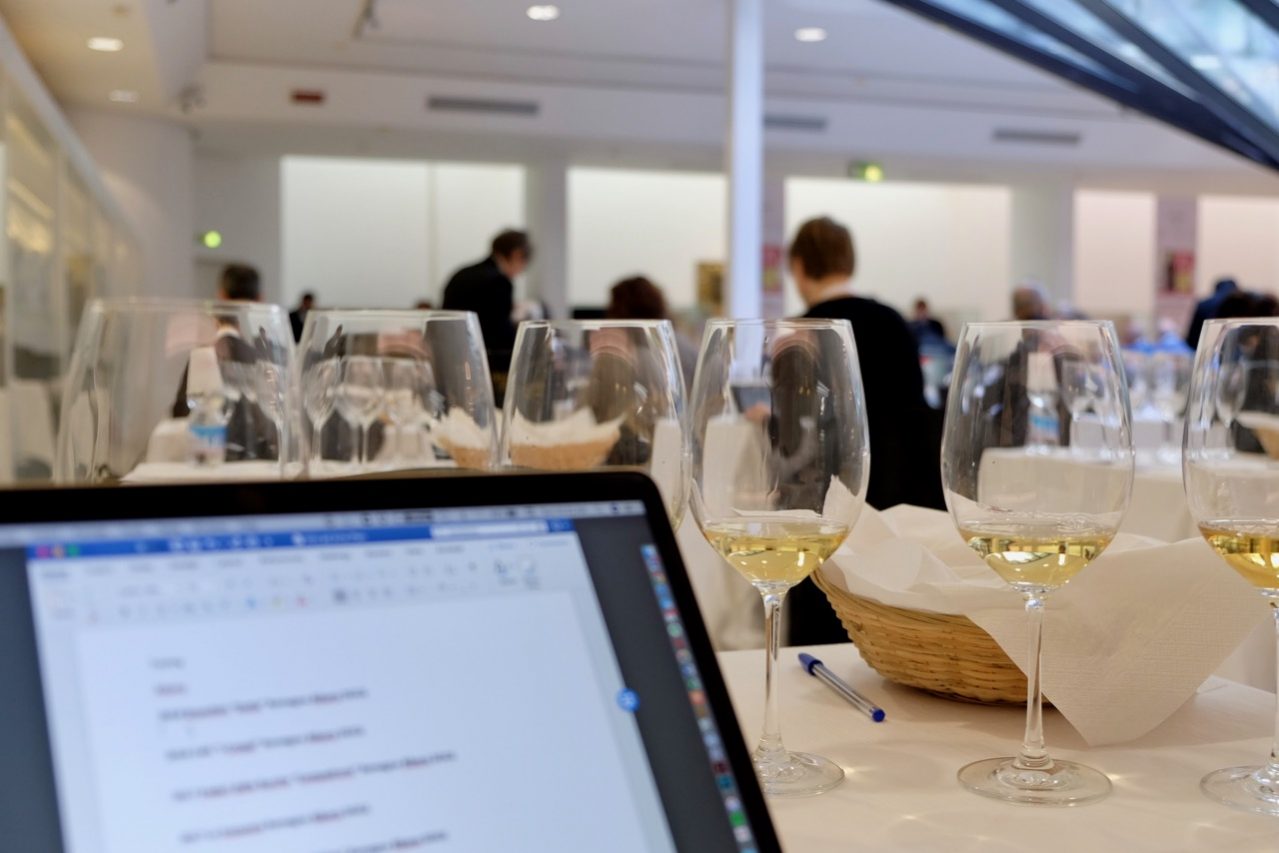
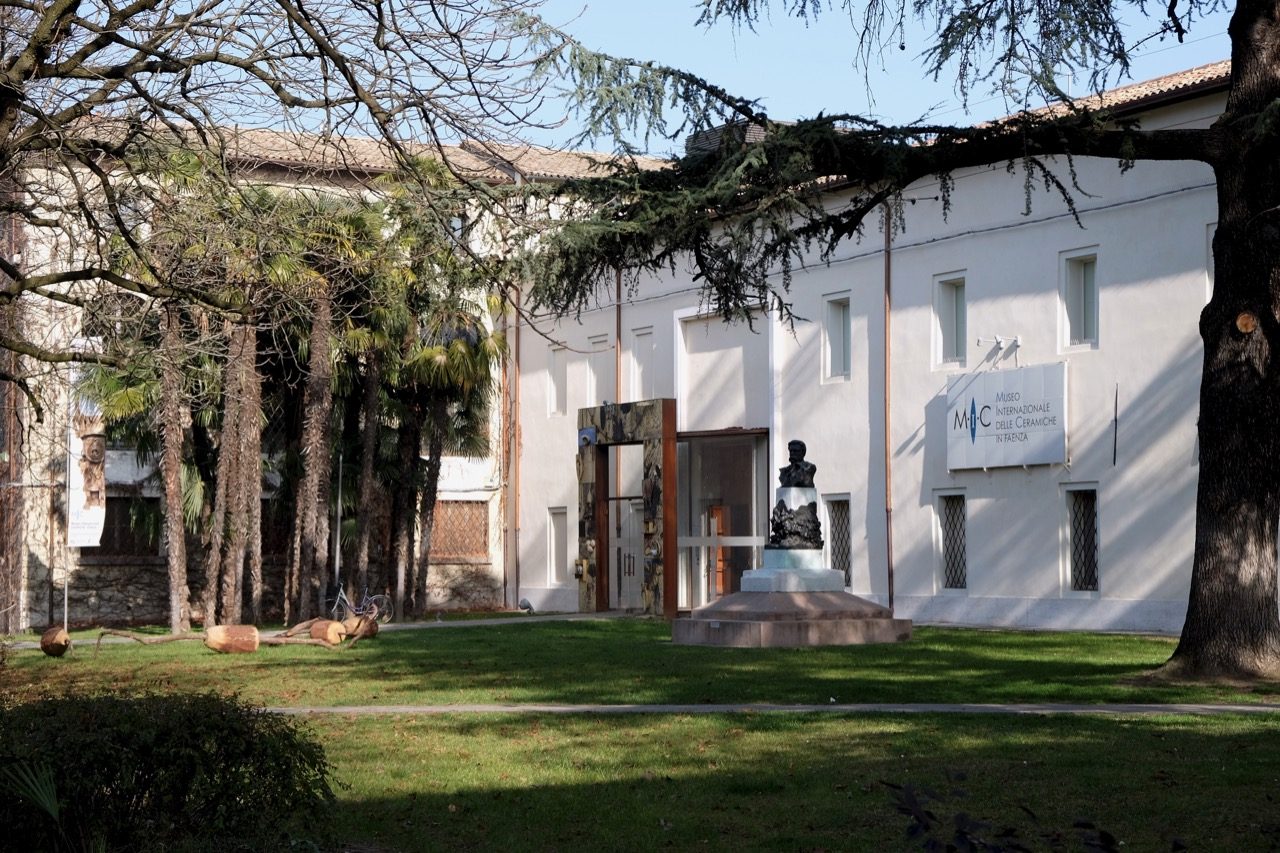
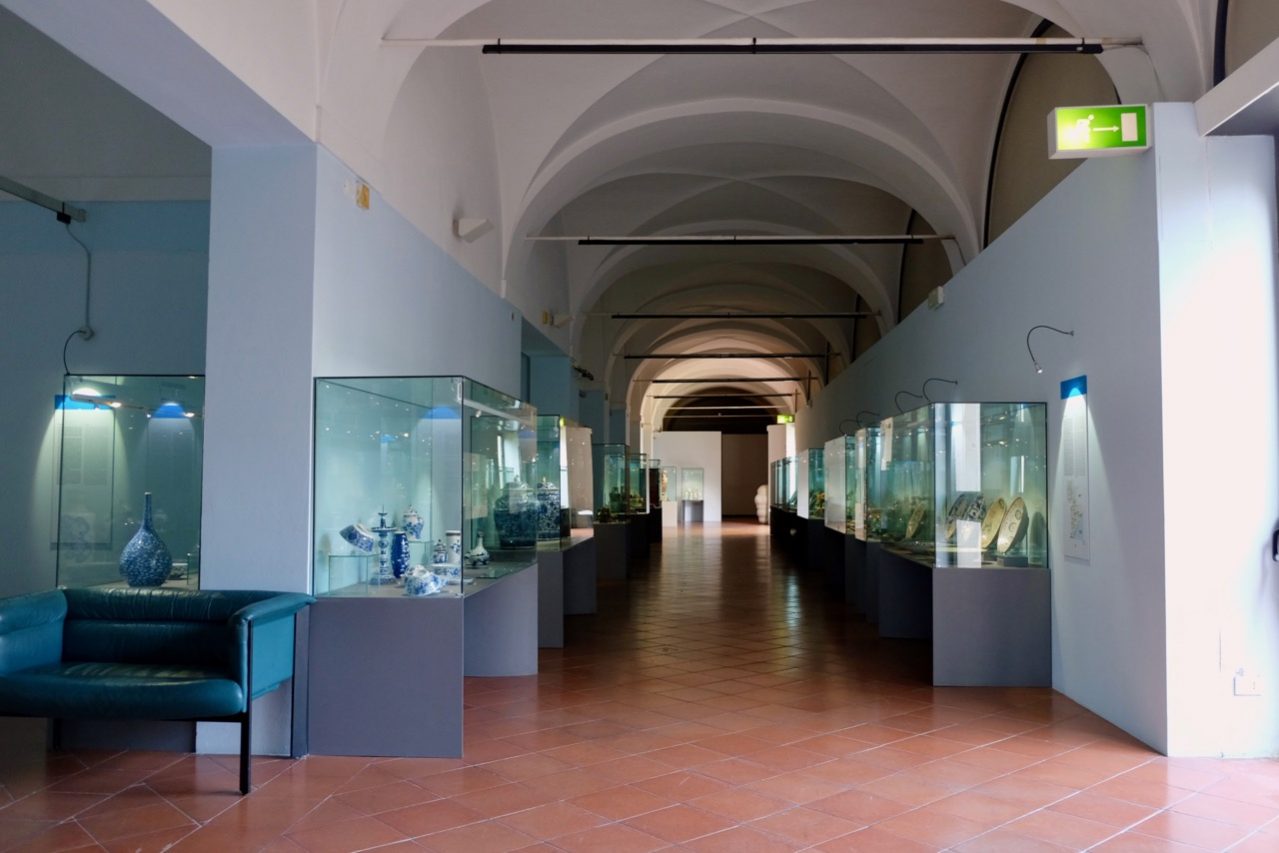
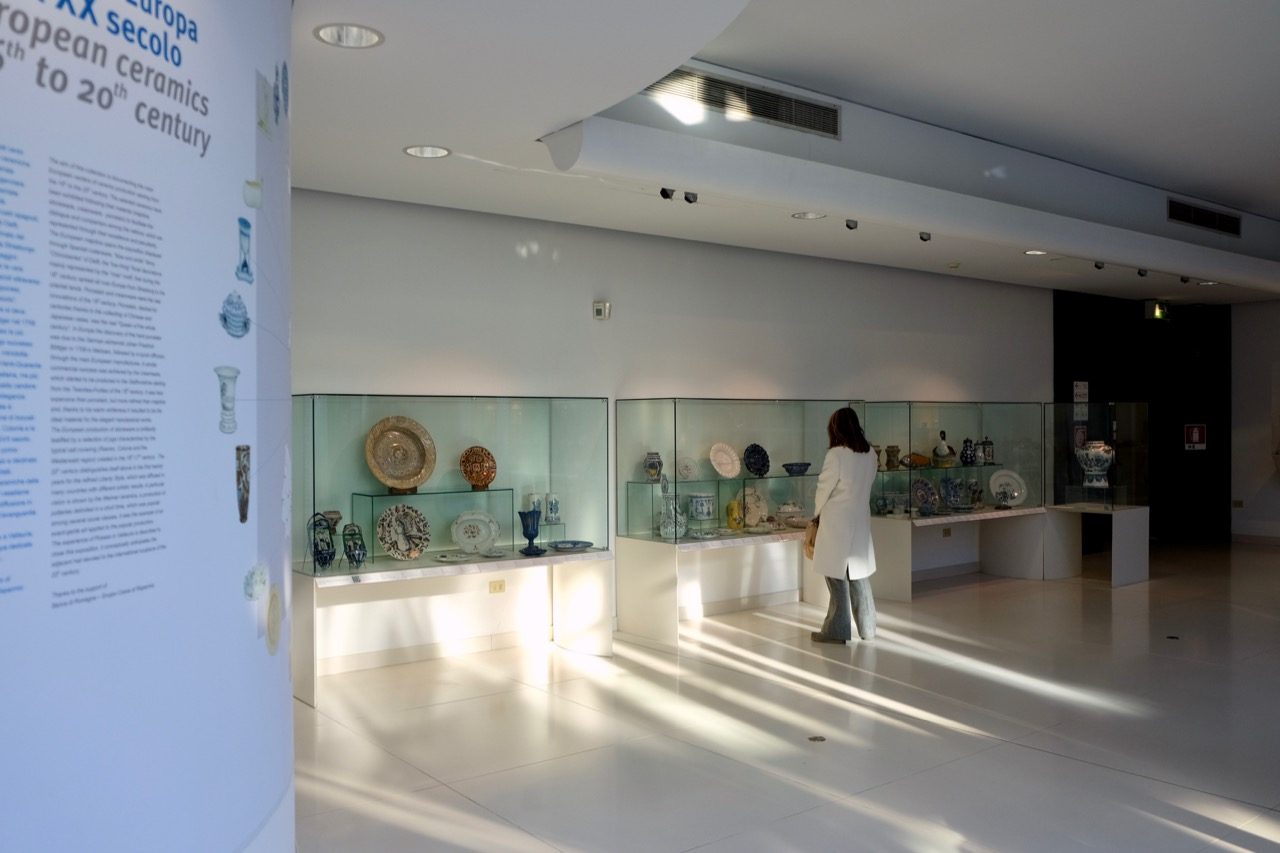

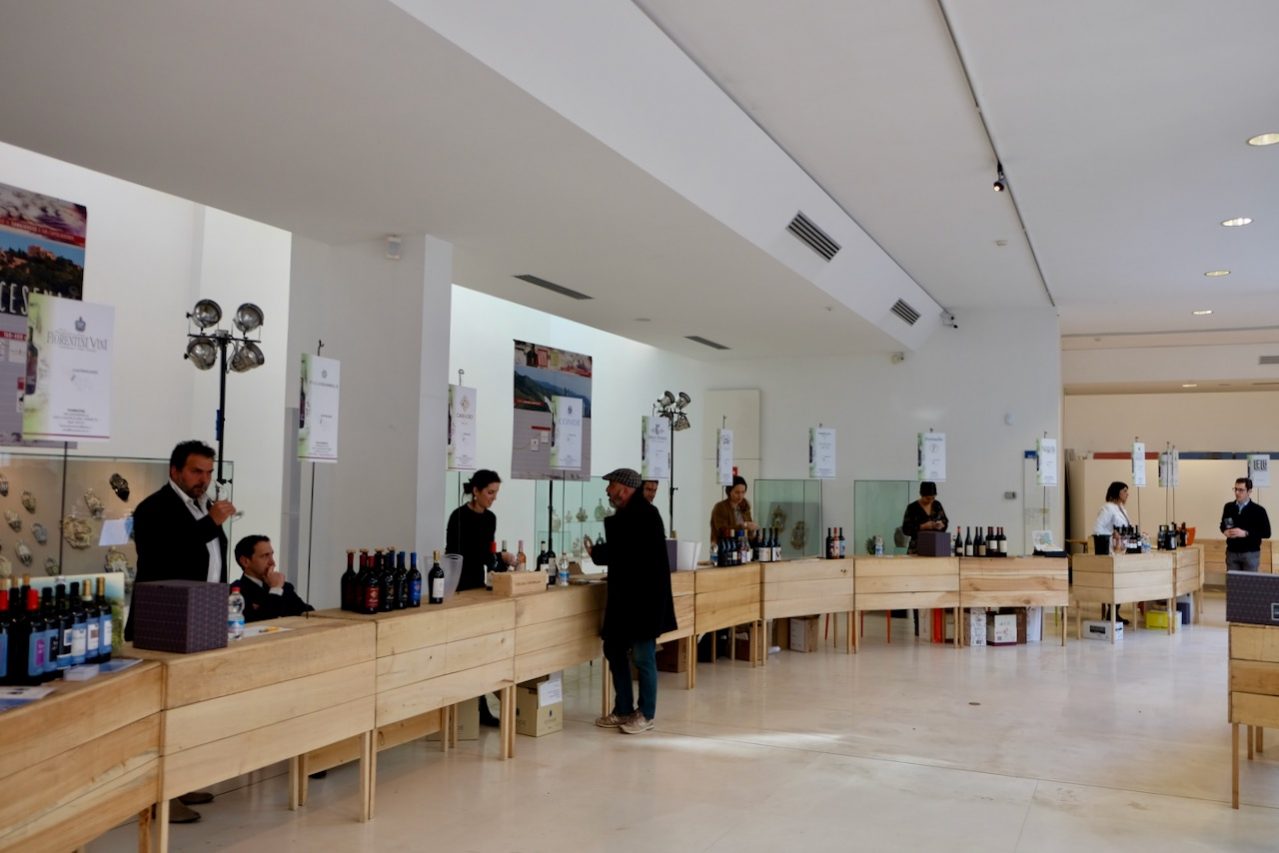
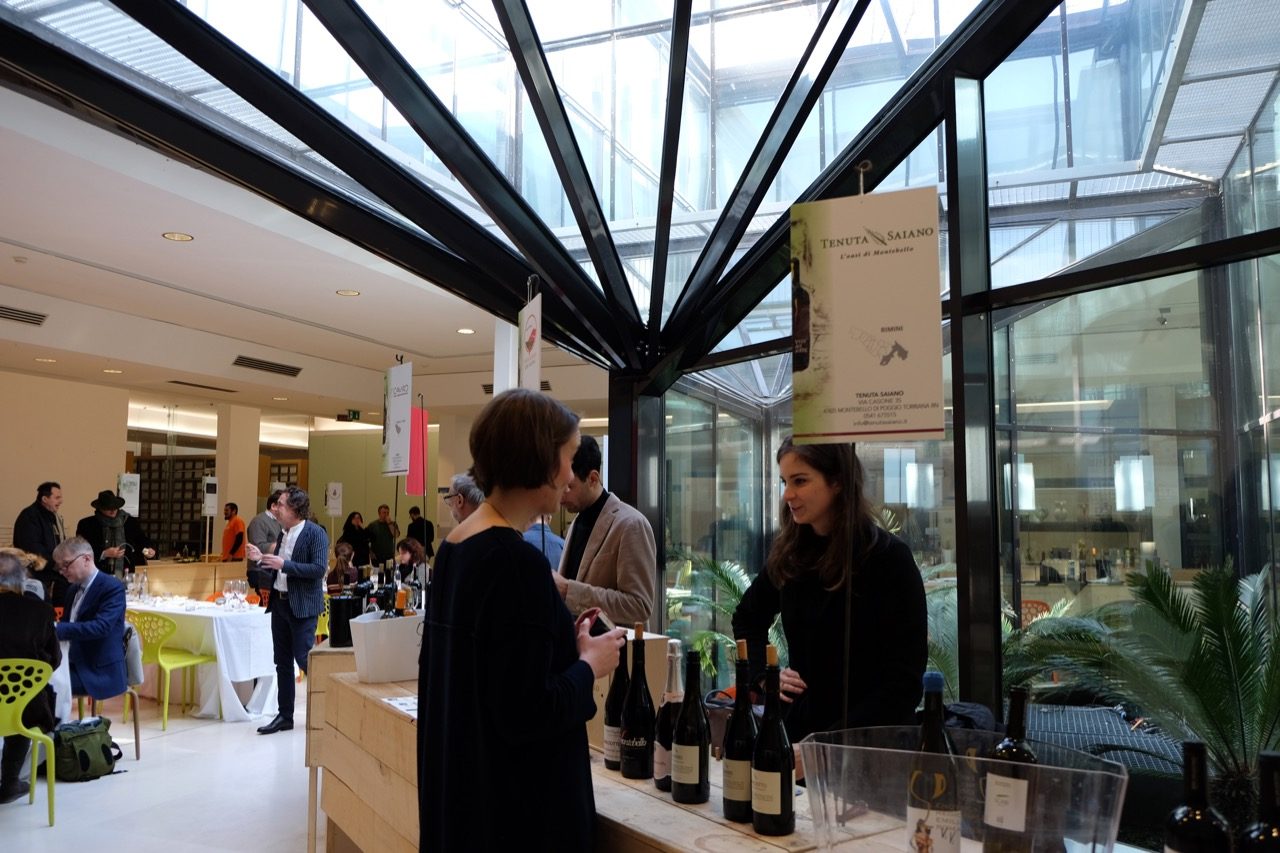
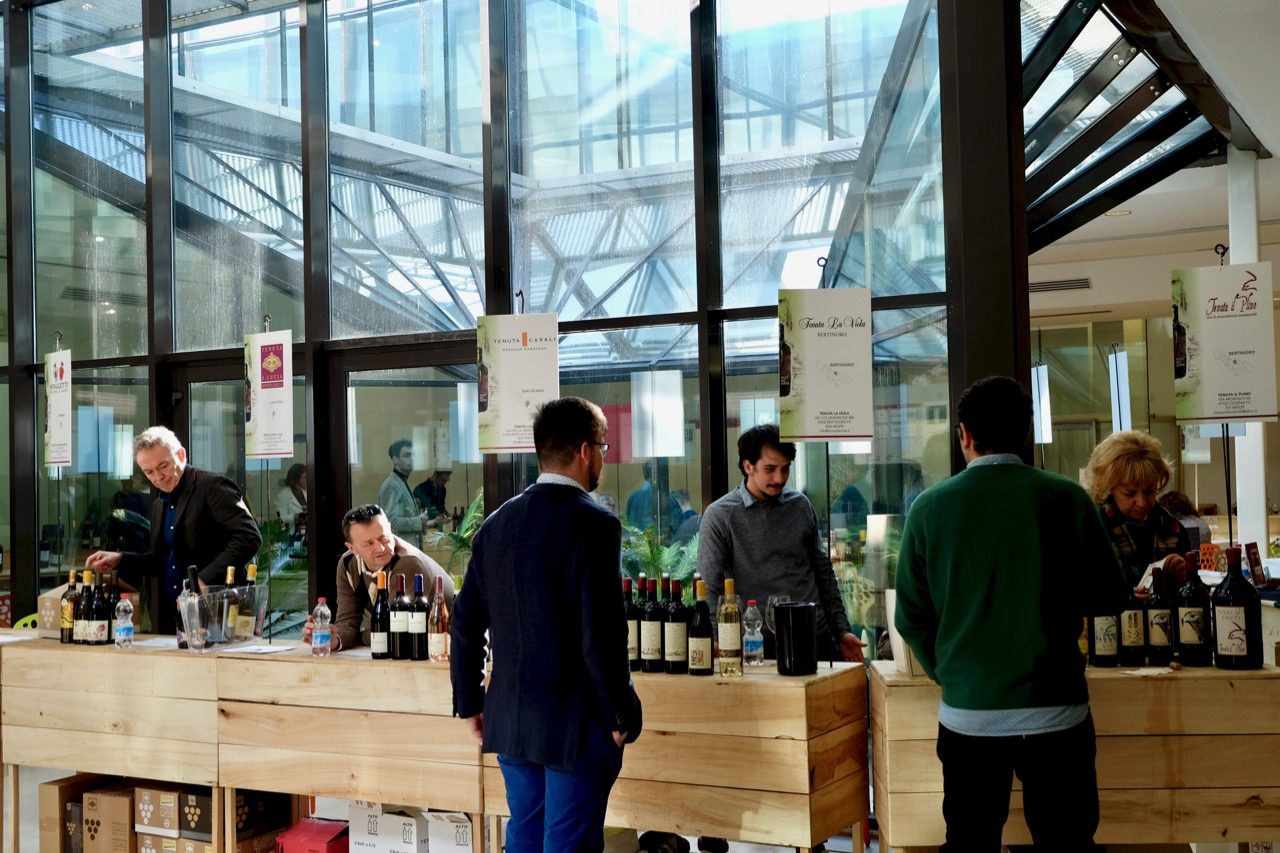
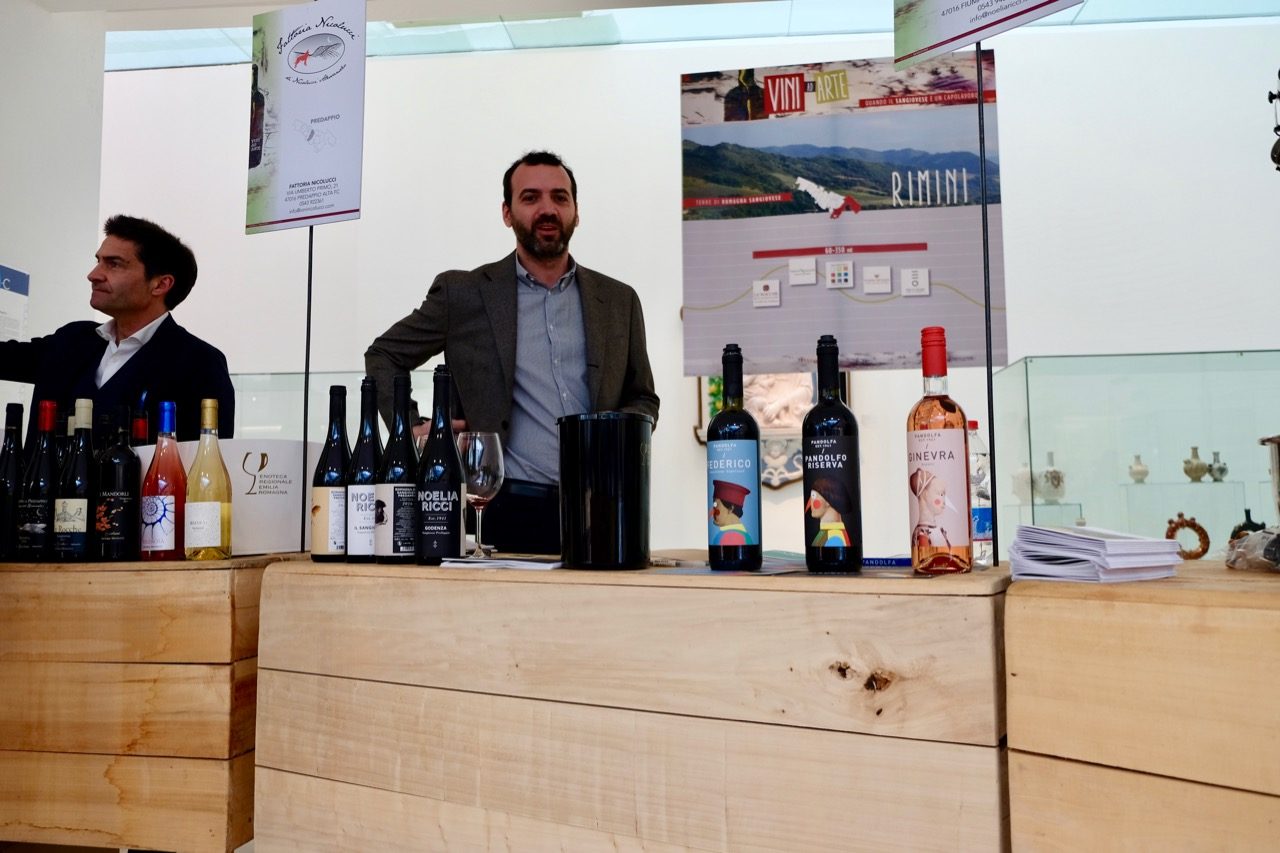
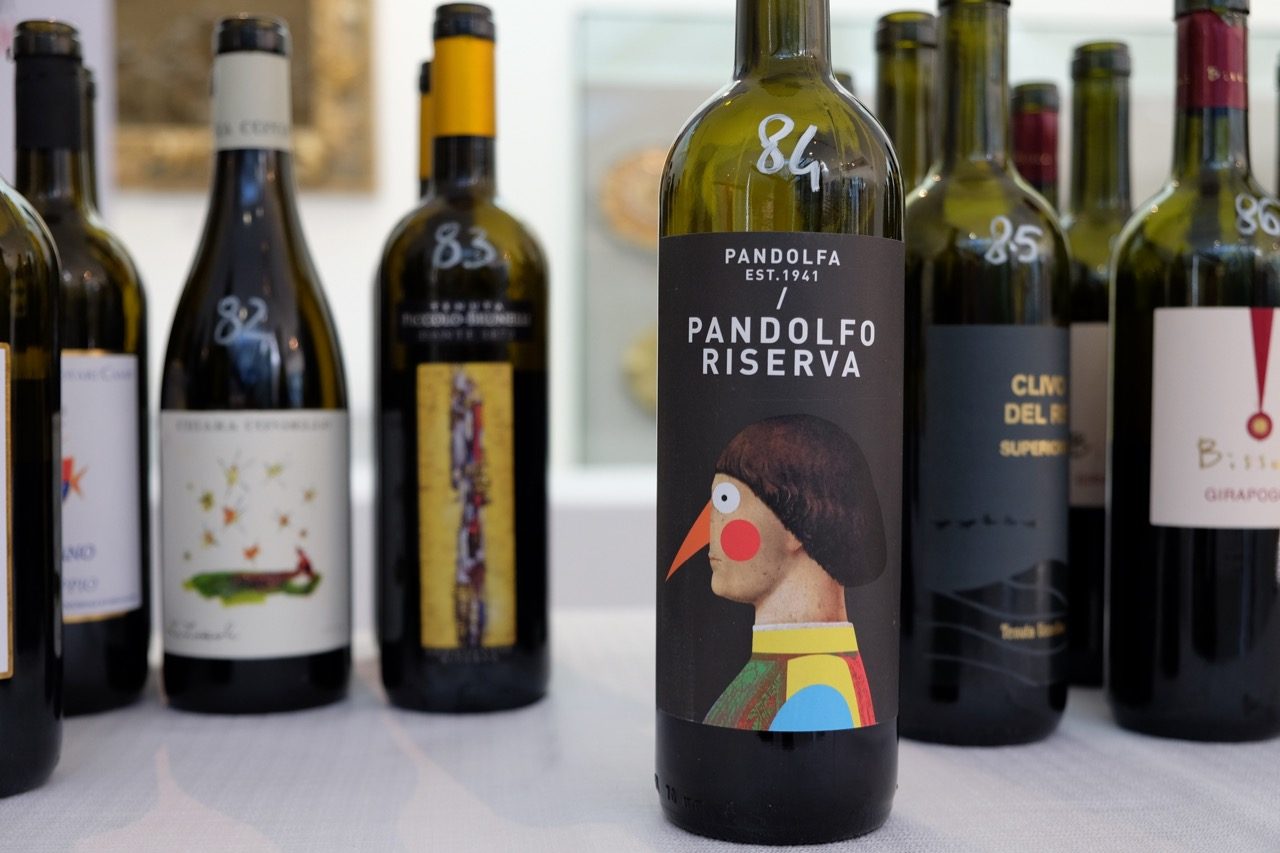
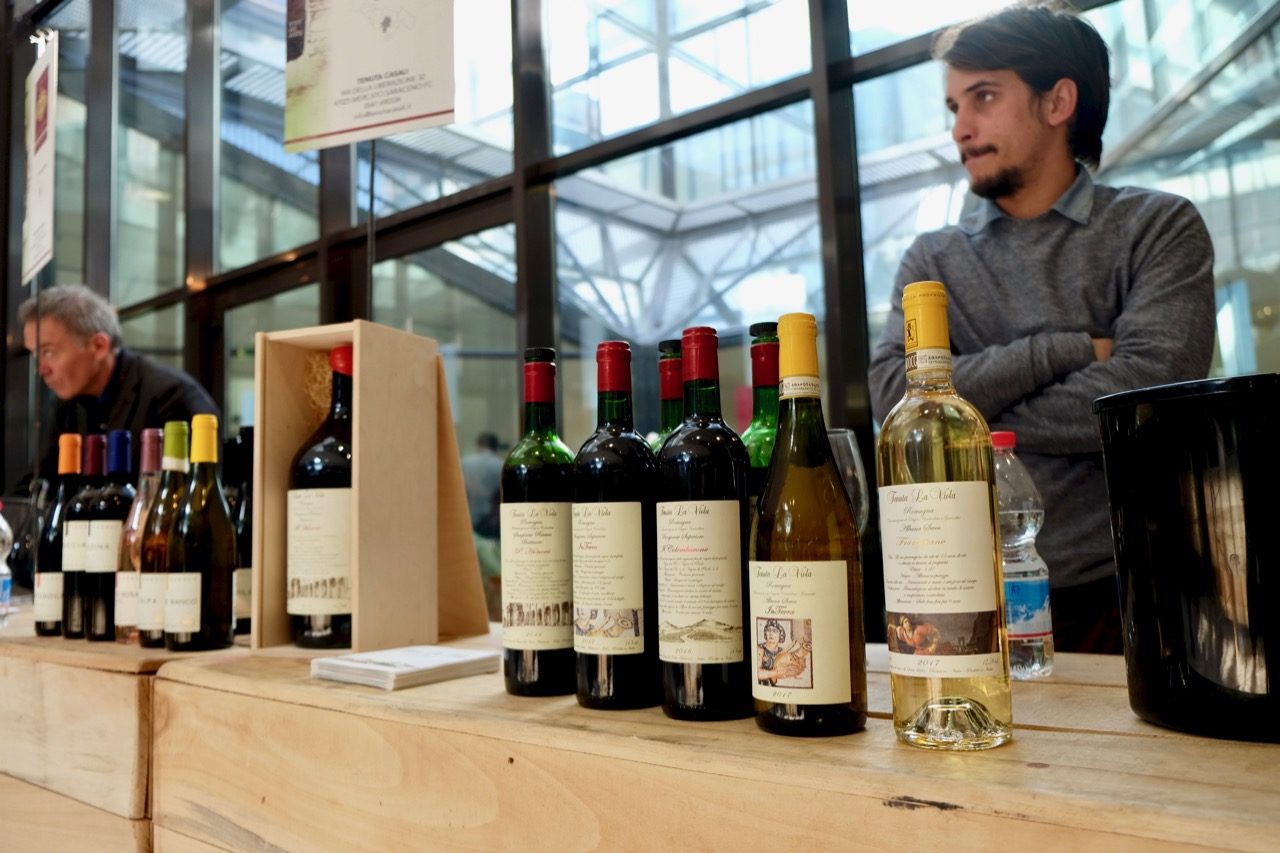
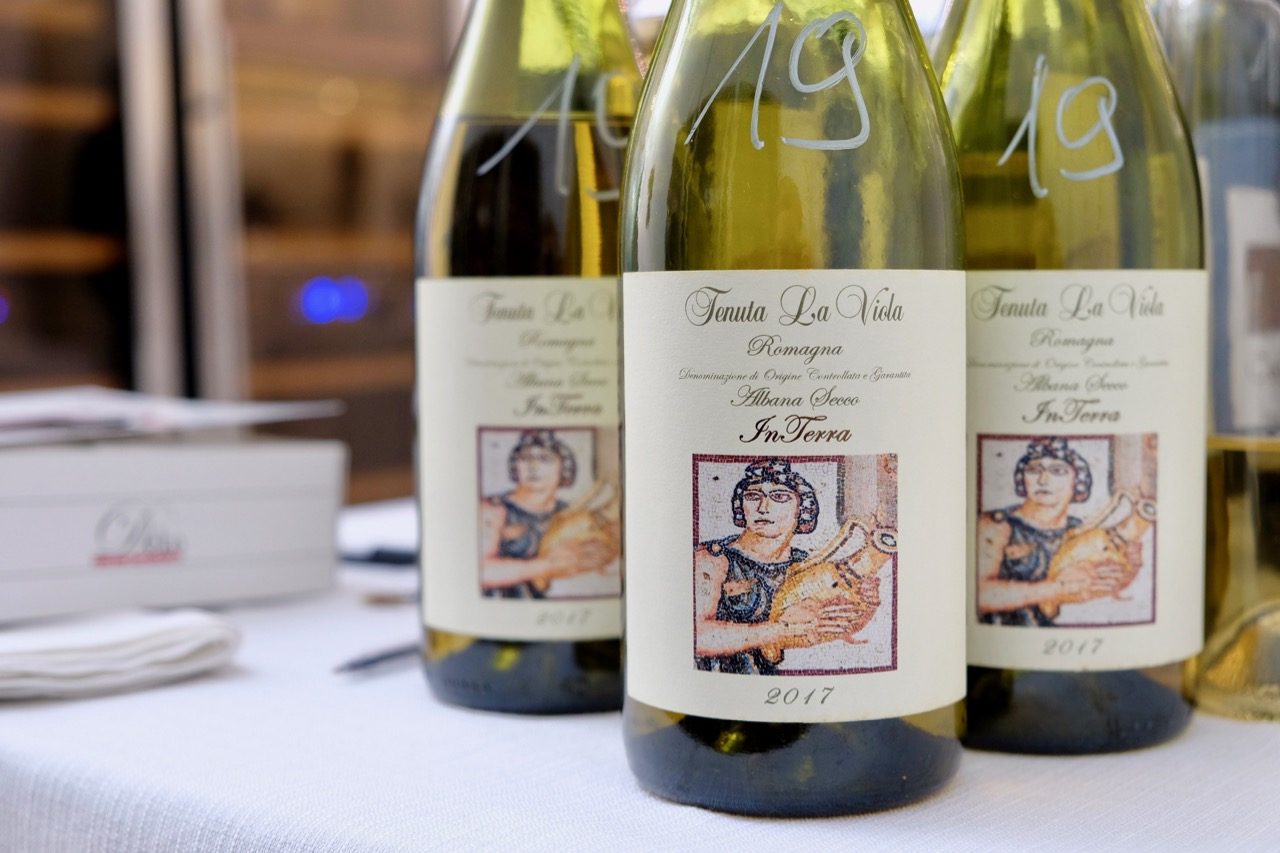

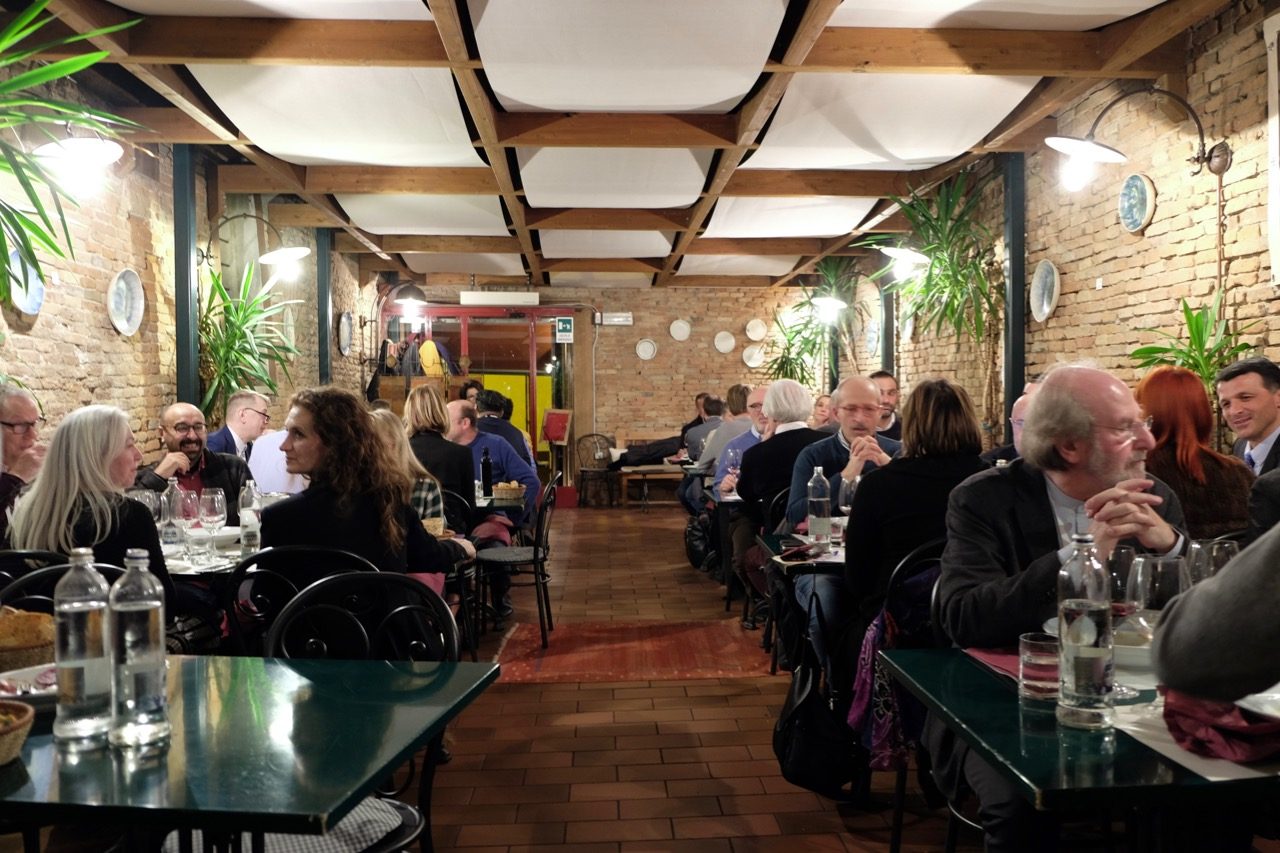

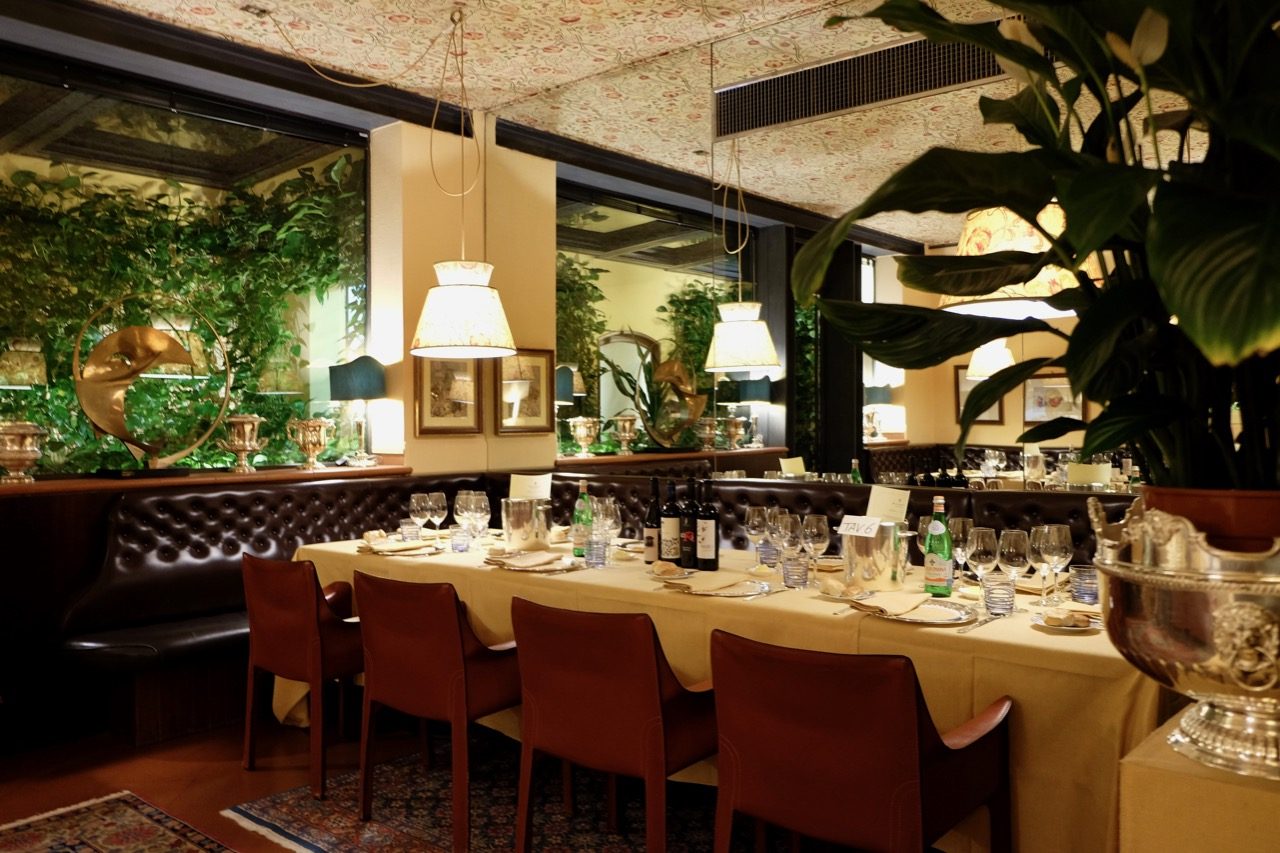
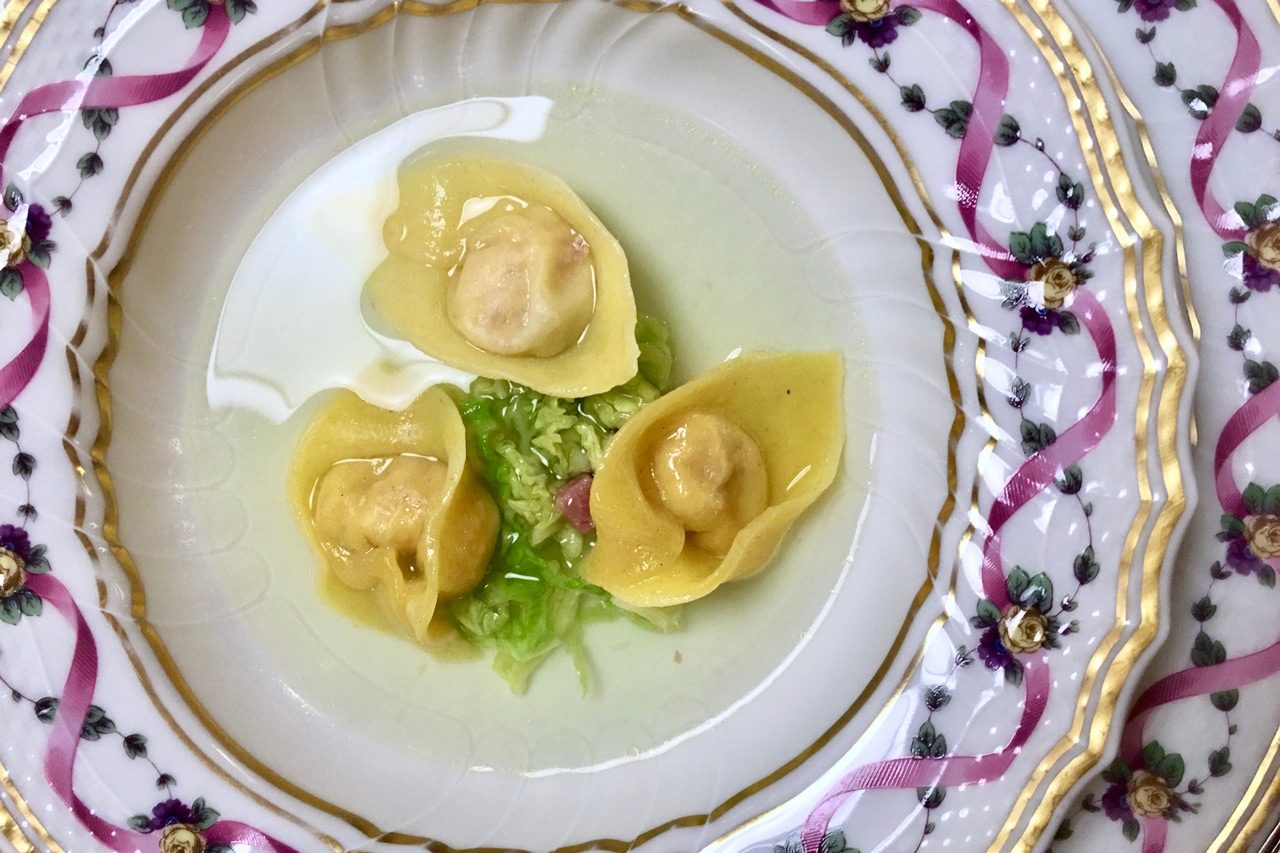
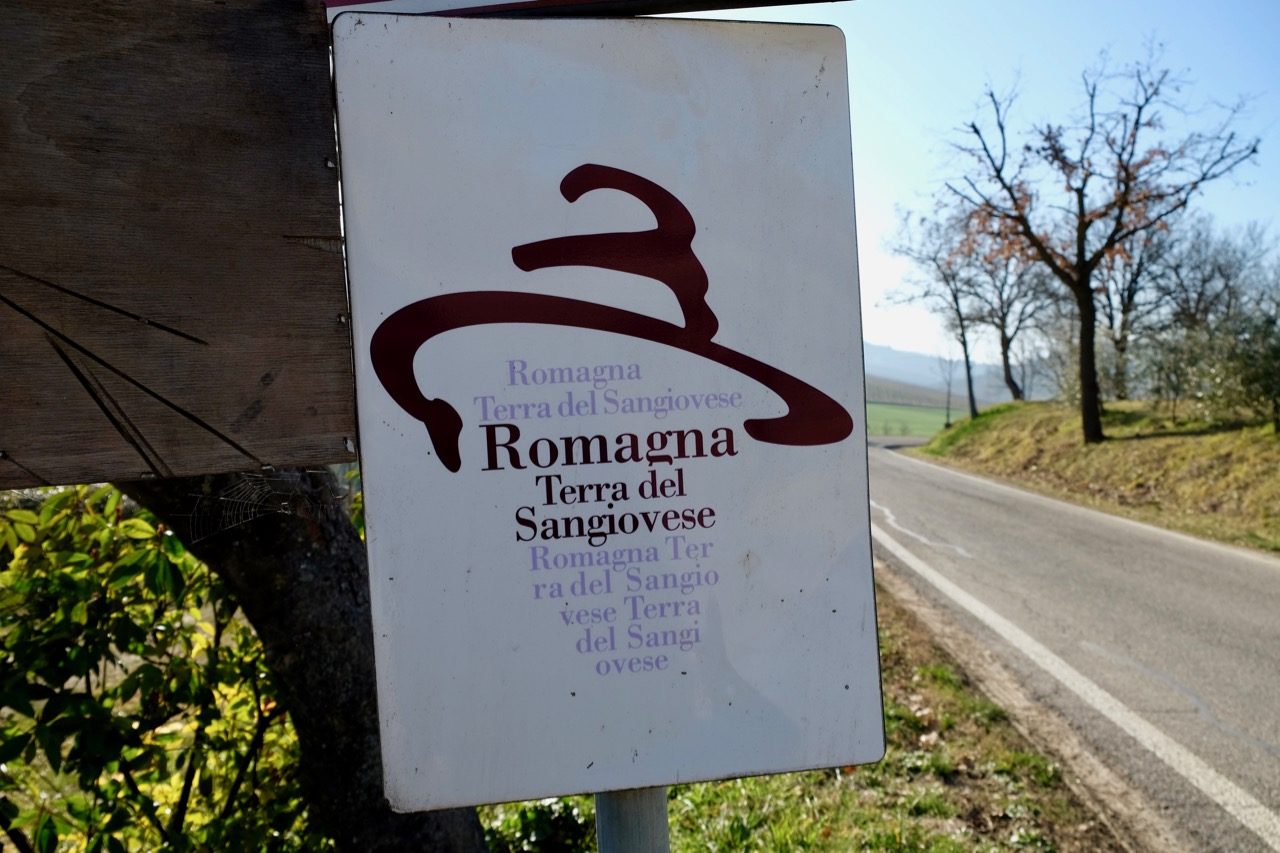

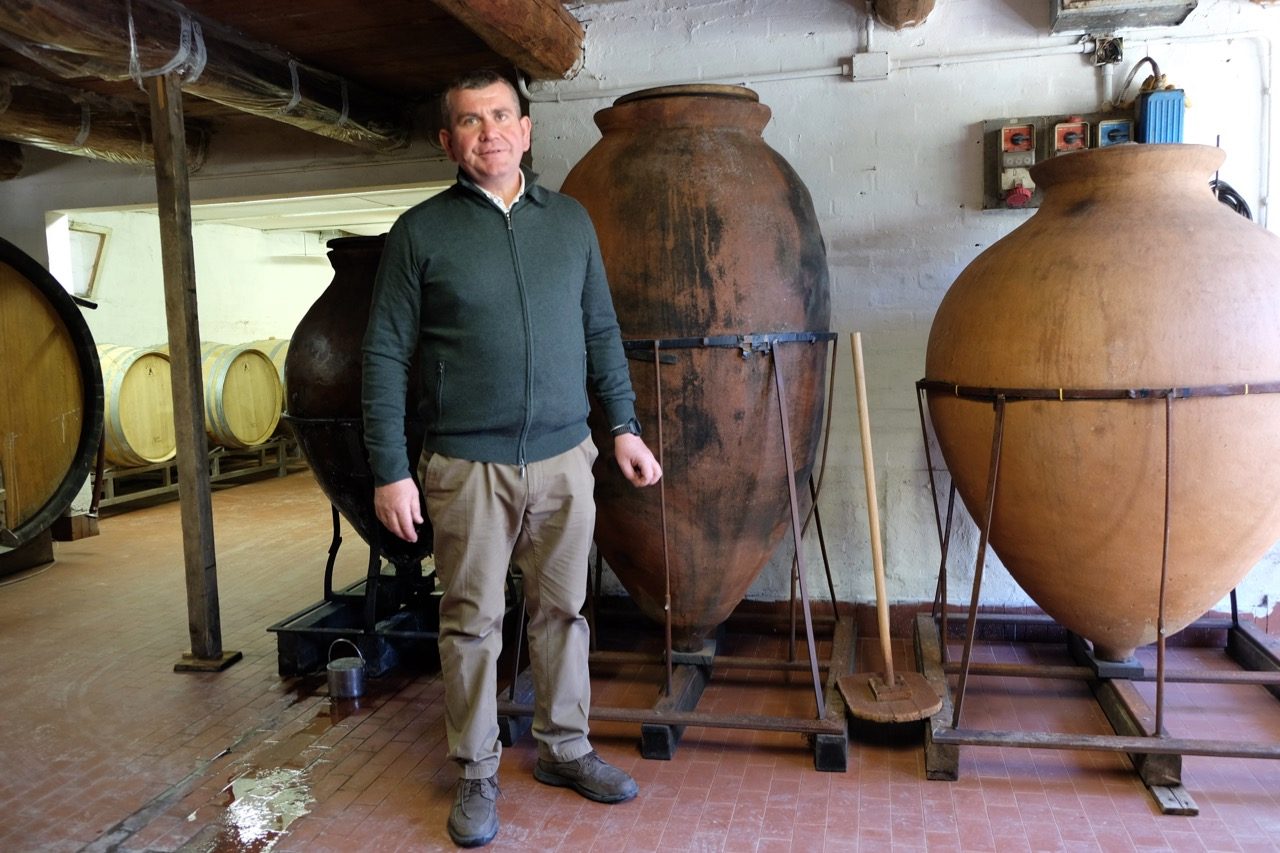
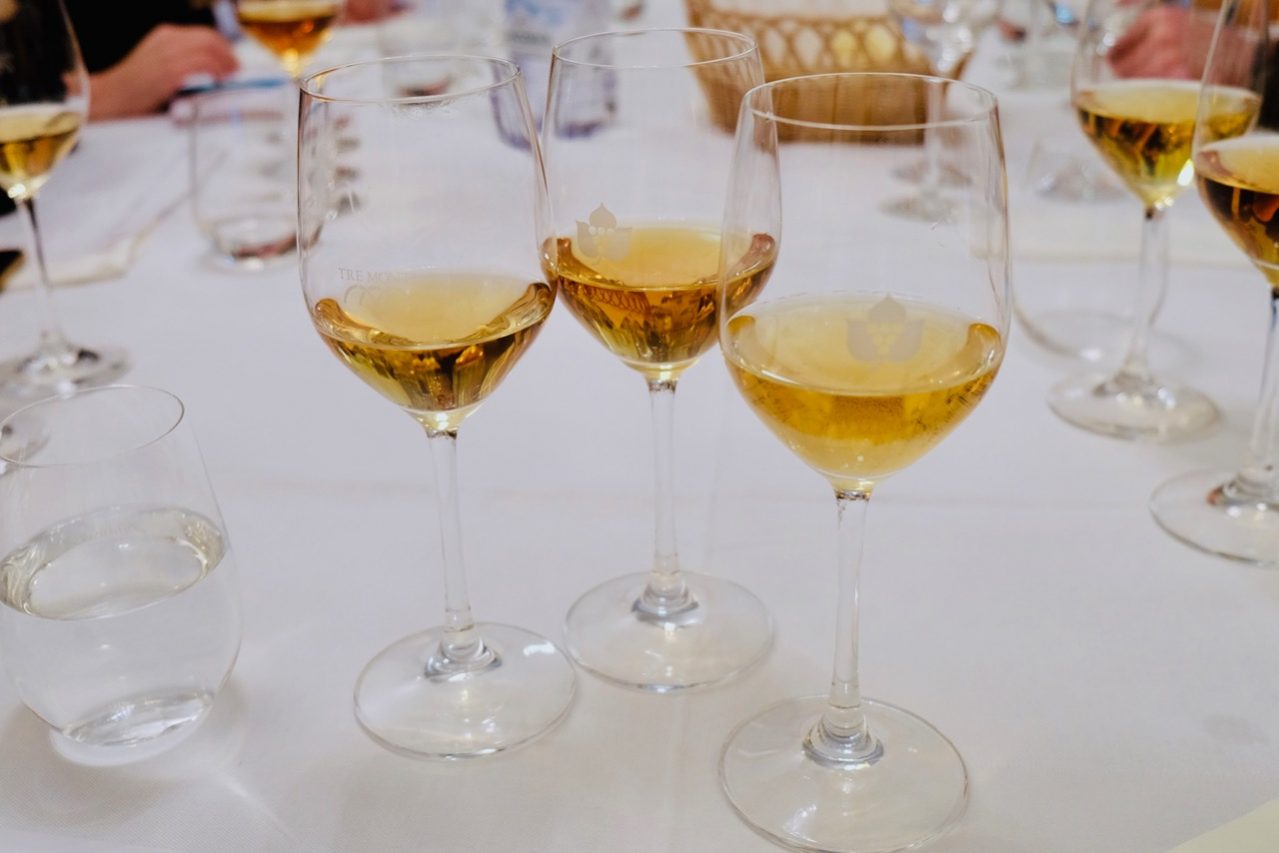
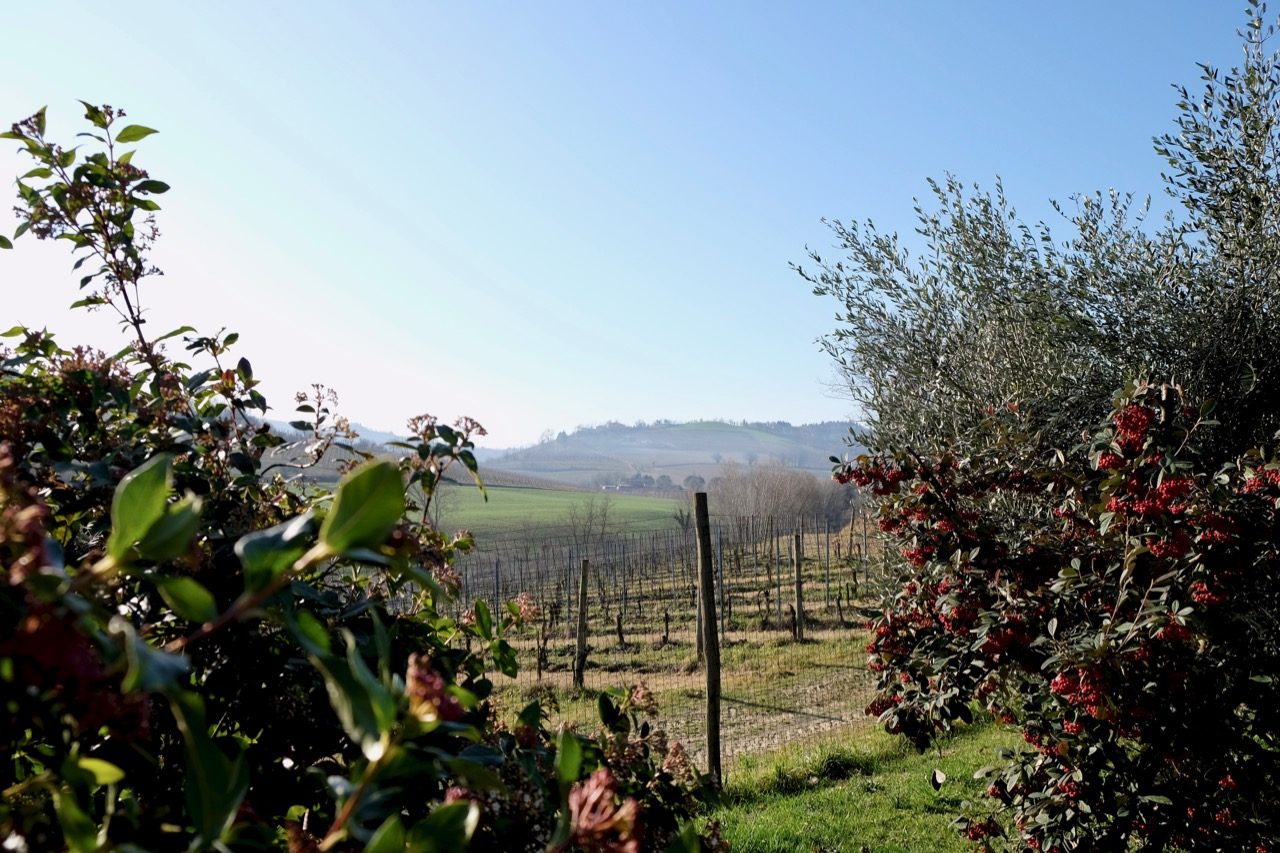

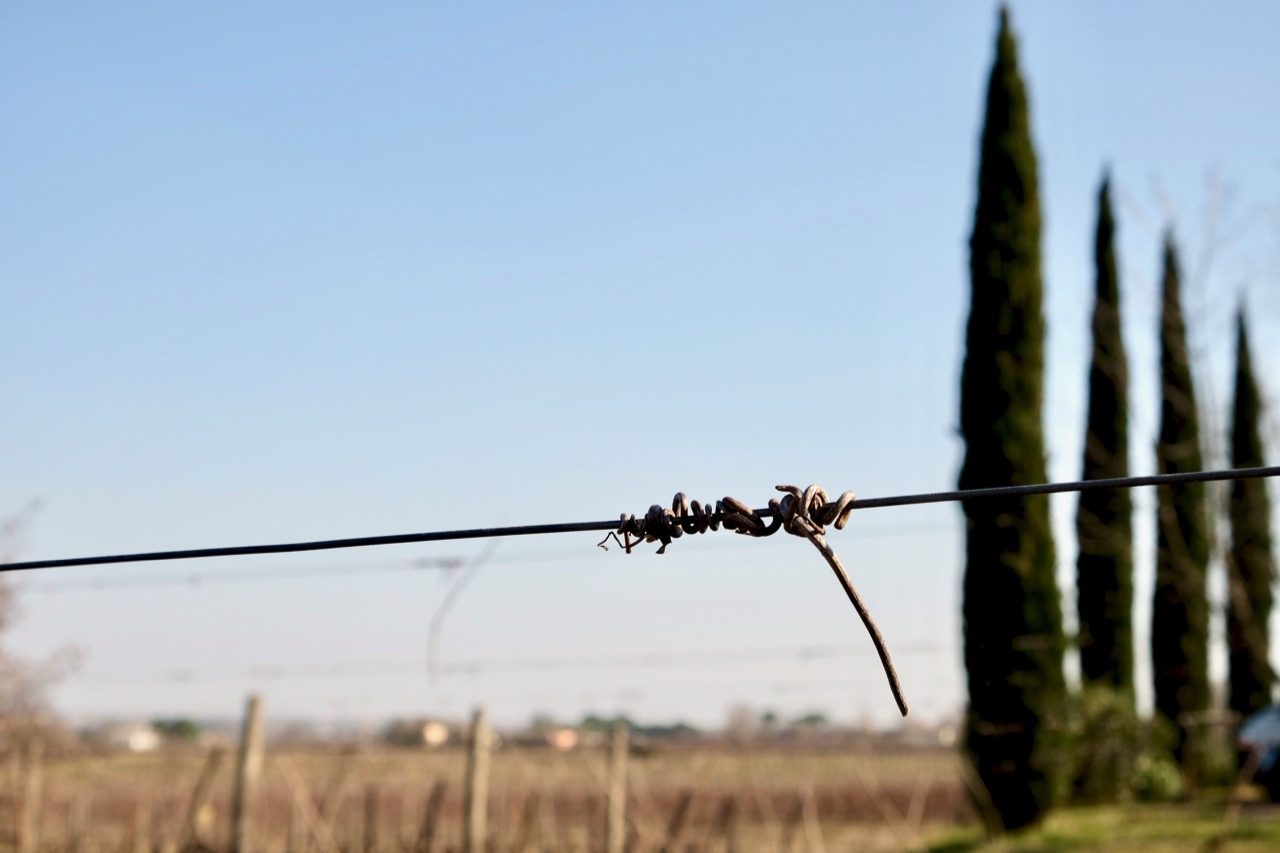

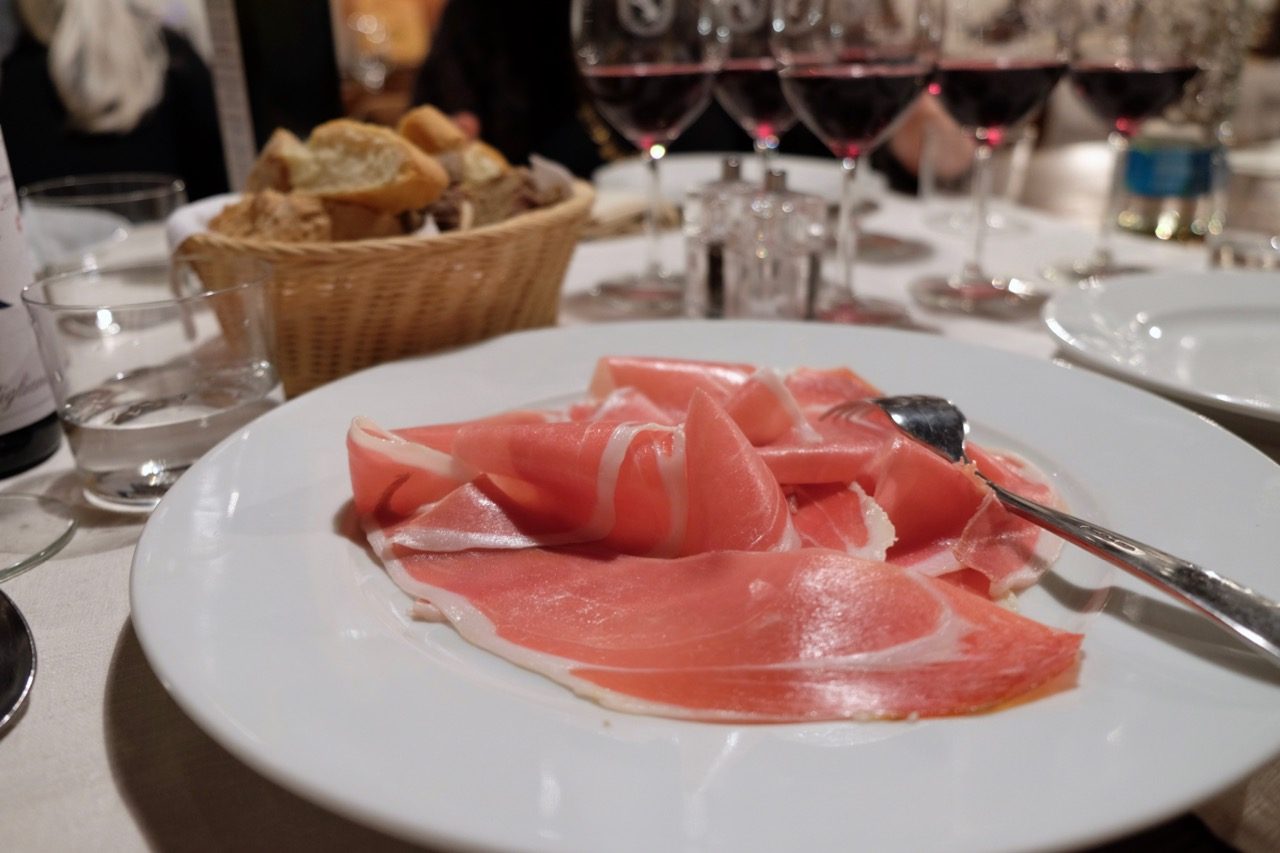


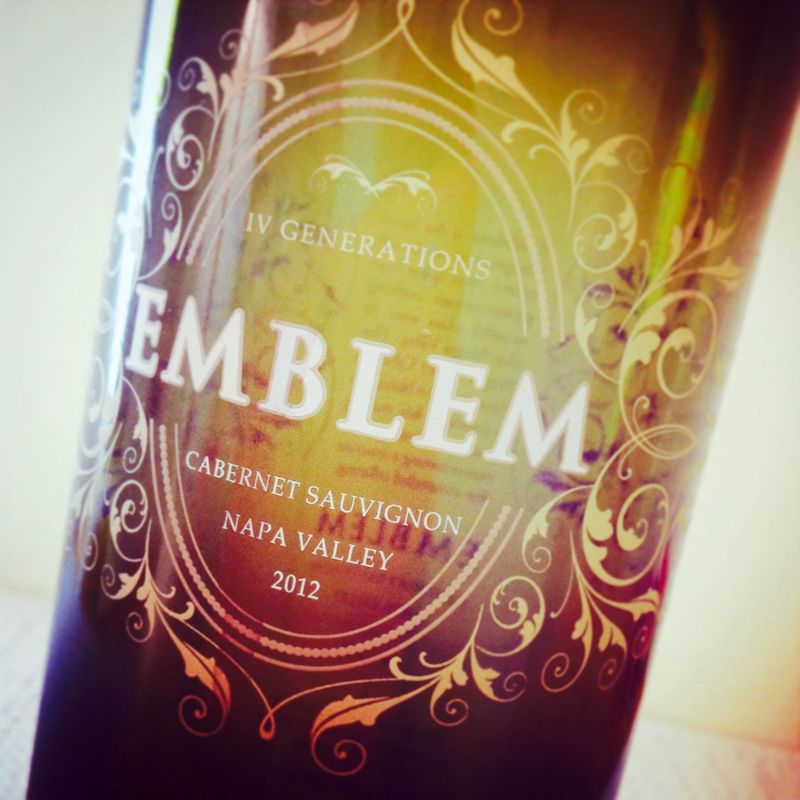
Comments are closed.